One reason I love herpetology is because there is always so much more to learn and plenty of surprises to be had even after years of working with reptiles and amphibians. While I am familiar with a huge number of herptile species found all over the world, it's not uncommon for me to learn about new species I've never even heard of or considered. This post is about one such animal; I was watching a documentary the other night which briefly followed an unusual snake, the likes of which I had never seen nor heard of. This particular snake employs a strange hunting tactic that makes it remarkable successful.
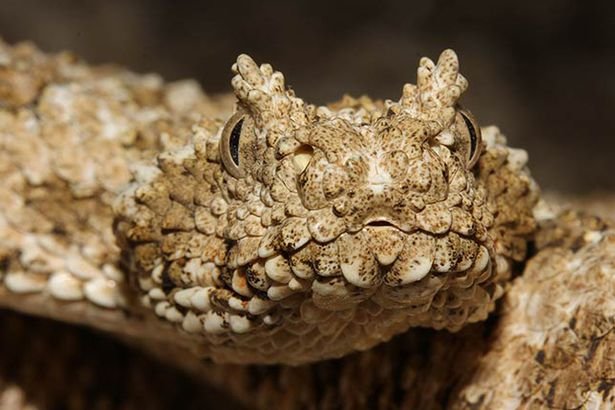
In the early 2000's, curators at the Field Museum of Natural History in Chicago were going through their collection when they came across an odd preserved animal. It was a species of horned viper, one that had been collected in 1968 during the Second Street Expedition to Iran and had been residing at the museum for decades. All in all, the horned viper appeared like any other horned viper species out there...until one looked at the tail. Rather than the usual pointed tapering of a snake tail, this viper had a bulbous tail surrounded by long scaly spikes.
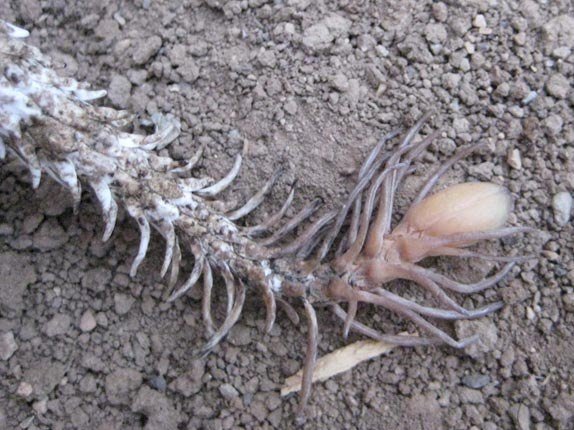
This is, of course, not at all what one would expect to find when looking at the tail of a snake. The herpetologists studying the specimen debated over whether this could be a single bizarre anomaly or perhaps a species not yet known to the world of herpetology. If it was a new species, what could such an alien-looking adaptation be for?
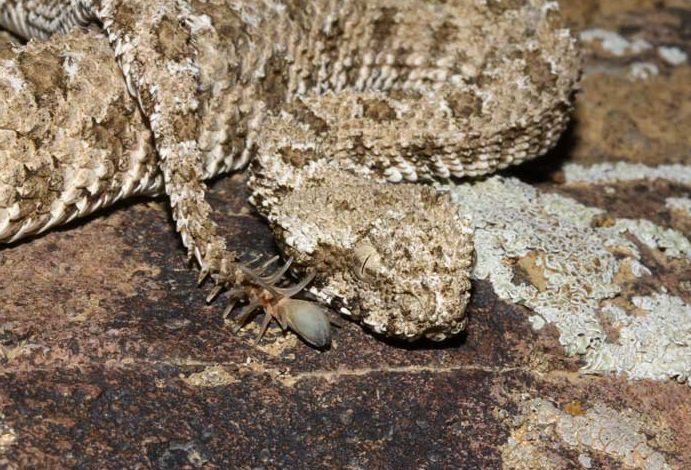
The herpetologists speculated that if such an appendage was normal for the animal, it likely had to be used to capture prey, essentially some form of caudal lure (you can read my past post about snakes luring prey here). Caudal luring is a tactic used by many species of snakes to encourage prey to enter striking distance; by wiggling their tail in an enticing manner, they will draw prey closer to increase their chances of success. Animals, such as birds, mistake the lure for a wiggling worm or small insect and move in to snatch it up, only to become a meal themselves. It was noted that with the long spines surrounding the tail of this viper, the lure almost looked like a large spider, and herpetologists hypothesized that the snake hunted birds who fed on arthropods. Lying motionless, the snake is almost invisible, so prey would never see the snake as they swept in for the lure.
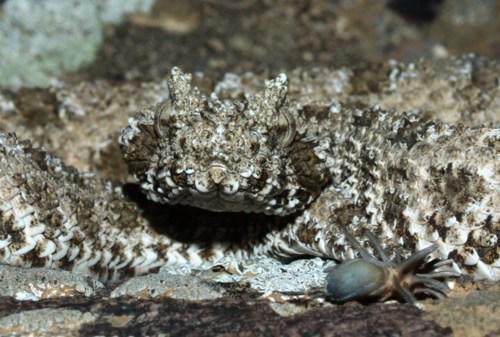
It was only later that the hunting tactic was observed and filmed in the wild. The tail was indeed used as a lure, but far more effectively than anyone had imagined. Perhaps the most well-adapted caudal lure in the snake world, the viper actually wiggled its tail to perfectly mimic the movement of a spider. Just a short video easily shows the efficiency of their strange appendage. (This video completely blew my mind!).
In 2006, the species was officially described as the Iranian Spider-Tailed Horned Viper. Though perhaps a worst nightmare for arachnophobes and ophibiophobes (those who fear snakes), this horned viper displays one of the most remarkable adaptations in the reptile world, giving it a massive advantage in a land where food can be quite scarce.
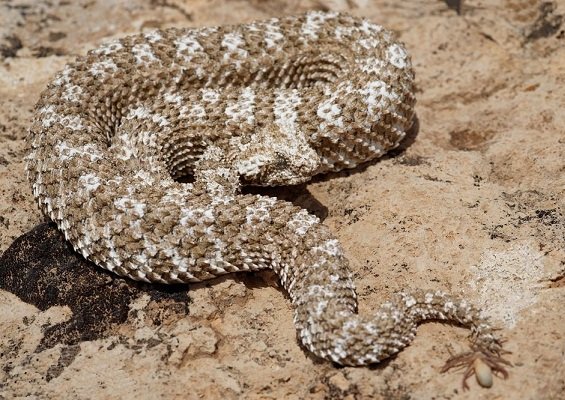
Video Links: 1


